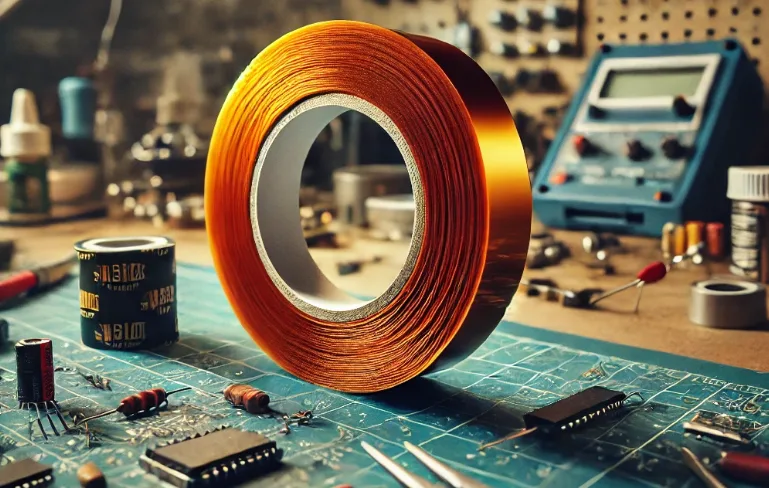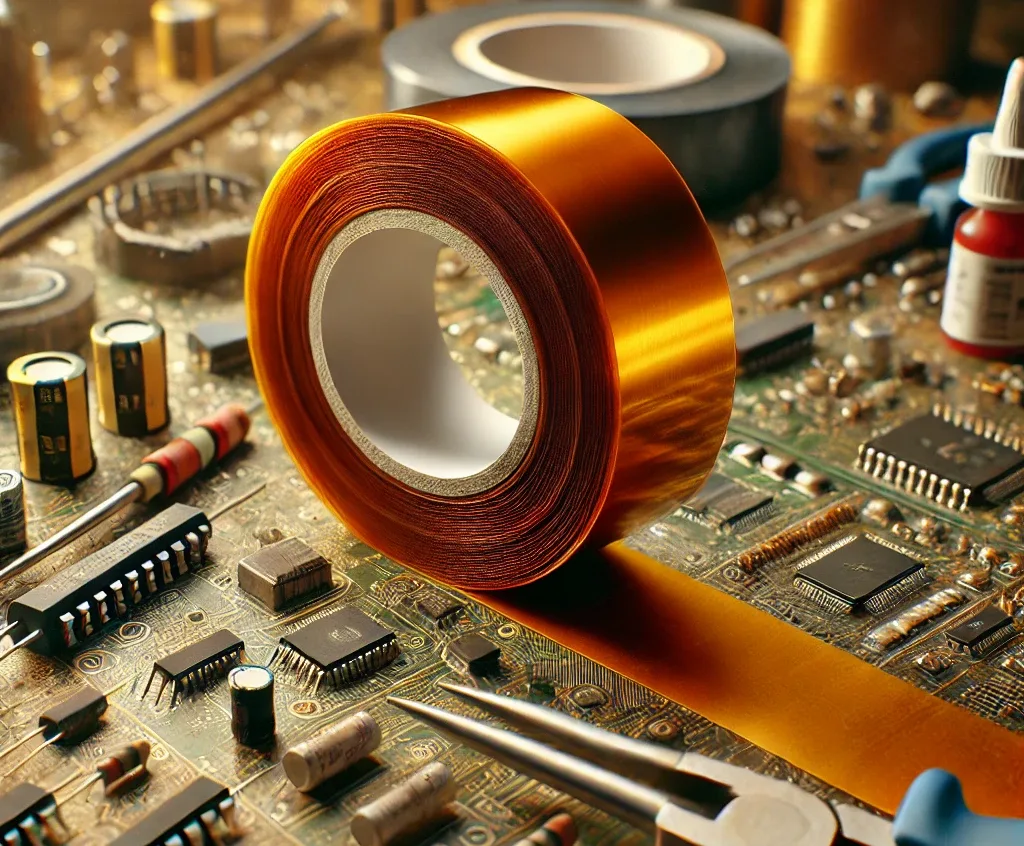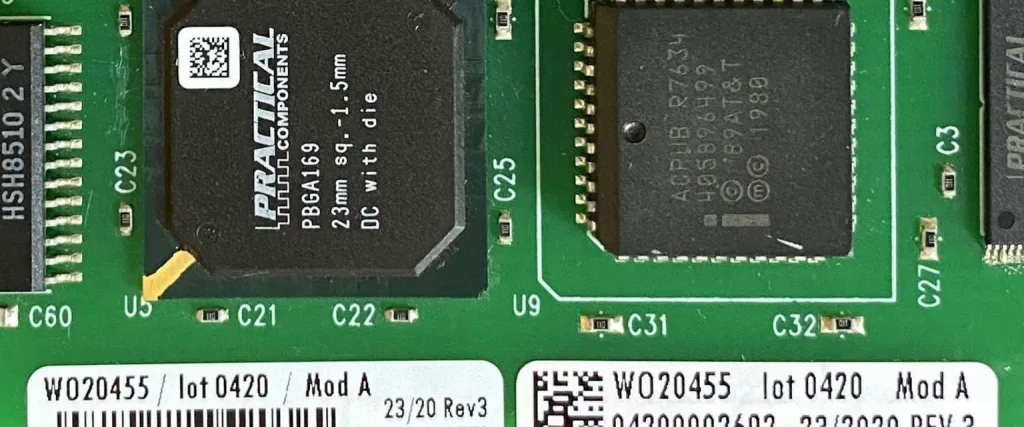Have you ever been in the middle of an important call, only for the line to crackle or the connection to drop unexpectedly? Or perhaps, your favorite radio station suddenly starts emitting strange static noise as you pass by power lines? These interruptions are caused by electromagnetic interference, or EMI, an often invisible but incredibly disruptive force in our modern, technology-driven lives. Today, we’re diving into the fascinating world of EMI—understanding what it is, where it originates, the scope of its damages, and how shielding technology can mitigate its effects. Along the way, you’ll gain insights into cutting-edge solutions that ensure your devices and systems remain uncompromised, no matter the environment.
What is EMI/RFI in Electronics?
Electromagnetic interference, abbreviated as EMI, refers to the disruption or degradation of an electronic device’s functionality caused by electromagnetic waves from an external source. A subset of EMI, radio frequency interference, or RFI, specifically deals with disruptions in the radio frequency range. In practical terms, EMI can compromise a device’s ability to perform its intended tasks, sometimes subtly and sometimes catastrophically.
For instance, consider the scenario of flying on a commercial airplane. Why do flight attendants insist that passengers turn off electronic devices during takeoff and landing? It’s because of EMI. Even a small, improperly shielded electronic device could potentially interfere with the aircraft’s navigational systems, putting safety at risk. This is not mere precaution; it’s rooted in years of engineering trials and real-life incidents. EMI is a phenomenon that can affect anything from your microwave to sophisticated military radar systems.
Where Does EMI Come From?
Electromagnetic interference doesn’t arise from a single, predictable source. Instead, it is an omnipresent force generated by a variety of natural and man-made factors. To truly grasp the complexity of EMI, let’s explore its most common sources in greater detail.
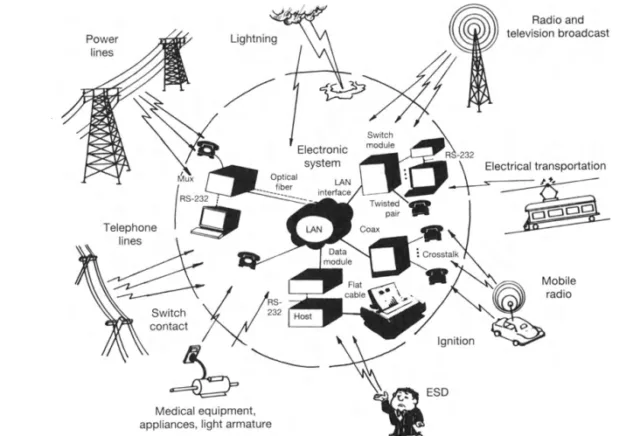
Radio Frequencies
Radio frequencies permeate every aspect of modern communication. From Wi-Fi routers and cell towers to broadcast stations and satellites, the electromagnetic spectrum is buzzing with activity. While these frequencies are essential for communication, they often overlap, creating interference that compromises signals. This is why, in crowded urban environments, a high concentration of RF devices can result in sluggish internet speeds or dropped calls.
Large Equipment
In industrial settings, large machinery and power-intensive equipment often produce significant levels of electromagnetic radiation. Generators, motors, and even robotic assembly lines are notorious for emitting EMI. In these environments, the close proximity of high-powered devices creates a hotbed for interference, leading to malfunctions in sensitive monitoring systems or precision instruments.
Electronic Components
Inside every device are circuits and components that, ironically, are both susceptible to and sources of EMI. Poorly designed circuitry can emit excessive electromagnetic waves that disrupt not only the device itself but also neighboring systems. A good example is the rise in compact, multi-functional electronics, where densely packed circuits increase the likelihood of internal interference, complicating the design process.
Ignition of Your Vehicle
When you start your car, the ignition system generates a spark that creates a burst of electromagnetic energy. While modern vehicles are designed with shielding mechanisms to minimize this interference, older models often caused disruptions to AM radio signals, producing the familiar crackle of static whenever the engine was started.
Devices with Worn-Out EMI Shielding
As devices age, the materials designed to protect them from interference degrade over time. This includes shielding films, conductive foams, and gaskets that wear out under environmental stress. When this happens, the device not only becomes vulnerable to external EMI but may also start emitting interference, compounding the problem.
The Sun
Even our closest star is a significant contributor to electromagnetic interference. Solar flares and geomagnetic storms can unleash massive bursts of electromagnetic energy that travel to Earth. These natural events have been known to disrupt satellite communications, GPS navigation, and even power grids. A well-documented case is the “Carrington Event” of 1859, which caused telegraph systems worldwide to spark and fail, serving as a stark reminder of nature’s power over our technological infrastructure.
What Damages Does EMI Do?
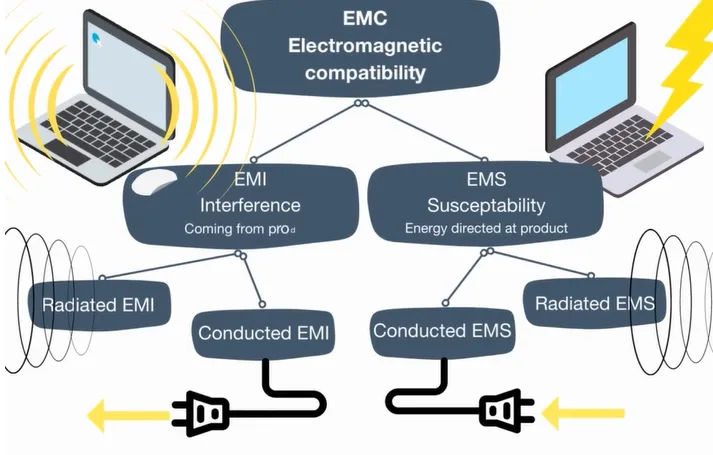
The effects of electromagnetic interference can range from mildly inconvenient to severely disruptive, with significant implications for various industries and personal safety. At its core, EMI compromises the performance and reliability of electronic devices. This interference is especially problematic in sectors where precision and safety are paramount, such as healthcare, telecommunications, and defense.
In telecommunications, EMI can distort data transmission, causing dropped calls, slow internet speeds, or corrupted signals. For companies relying on uninterrupted data flow, such as financial institutions or cloud service providers, even minor disruptions can translate into massive losses.
In healthcare, the consequences of EMI are far more critical. Devices like pacemakers, insulin pumps, and MRI machines operate in environments filled with potential interference sources. A single instance of EMI could lead to inaccurate readings, malfunctioning equipment, or, in worst cases, endanger lives.
Security systems and defense technologies also suffer. Radar systems, communication networks, and navigation tools depend on interference-free environments to function reliably. Inadequate shielding in these systems can lead to vulnerabilities, making them susceptible to breaches or failures during critical operations.
What is EMI Shielding?
EMI shielding is the strategic use of materials to block or reduce electromagnetic waves, creating a controlled environment for electronic systems to function without disruption. This shielding works by either absorbing or reflecting electromagnetic radiation, effectively neutralizing its impact. The materials used for EMI shielding are carefully selected for their conductivity, permeability, and ability to withstand environmental stress.
The importance of EMI shielding extends beyond high-tech applications. It’s a cornerstone of modern engineering, ensuring that devices and systems perform as intended in environments saturated with electromagnetic activity. From everyday consumer gadgets to specialized aerospace instruments, shielding is the unsung hero that keeps our world connected and functional.
How Does EMI Shielding Work?
In telecommunications, EMI shielding ensures the integrity of data transmission across networks. High-speed cables, often wrapped in copper shielding, minimize signal loss and prevent cross-talk, enabling seamless communication even in dense urban environments. Data centers, with their labyrinth of servers and cables, rely heavily on shielding solutions to maintain uninterrupted operations.
In the medical field, EMI shielding is a matter of life and death. Sensitive equipment like MRI machines must operate in environments free from interference. Shielding enclosures and conductive coatings create a safe space for these devices, allowing them to deliver accurate diagnostics and treatment without risk.
The defense and security sectors also depend on EMI shielding. Military communication systems, for instance, use aluminum-based shielding to maintain clear channels, while radar installations employ advanced materials to block interference from nearby electronic systems.
What Are the Common EMI Shielding Materials?
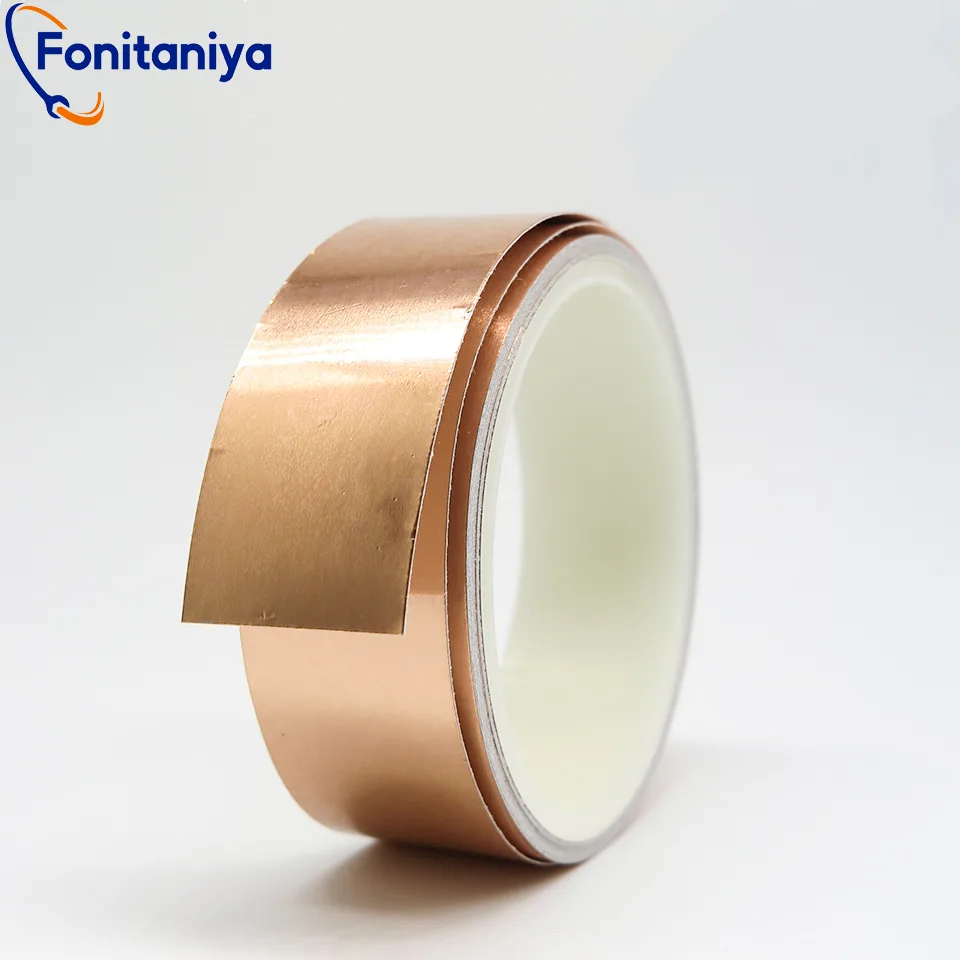
Copper, known for its excellent electrical conductivity, is one of the most effective materials for EMI shielding. It is commonly used in high-performance applications, such as telecommunications and medical devices, where reliability is crucial. Aluminum, on the other hand, offers a lightweight and cost-effective alternative, making it ideal for consumer electronics and aerospace components.
Innovative materials like EMI shielding foil and film provide flexible solutions for compact devices. These materials are especially useful in smartphones, laptops, and other portable electronics where space is limited. EMI shielding foam, with its cushioning properties, is often used to protect sensitive components in industrial and automotive settings. Silicone-based shielding materials, capable of withstanding high temperatures, find applications in extreme environments like engines and aircraft.
Conclusion
Electromagnetic interference is an unavoidable part of our modern, interconnected world, but it doesn’t have to disrupt our lives. Through the strategic use of shielding materials, we can mitigate its effects, ensuring the seamless operation of technologies that power industries and improve lives. At Fonitaniya Tape Factory, we’ve spent over 15 years refining adhesive solutions, including innovative EMI shielding tapes, to meet the demands of a rapidly evolving technological landscape. From shielding critical components to enabling next-generation devices, our commitment to quality and innovation remains unwavering.
FAQs About Electromagnetic Interference
What are the most common sources of electromagnetic interference?
EMI can come from both natural sources, such as solar flares, and man-made ones, like power lines, RF devices, and industrial equipment.
How does EMI affect medical devices?
Electromagnetic interference can disrupt the operation of sensitive medical devices, potentially leading to inaccurate readings or malfunctions in critical systems.
Can EMI be entirely eliminated?
While it’s impossible to completely eliminate EMI, effective shielding materials can significantly reduce its impact, ensuring device reliability.
What industries benefit most from EMI shielding?
EMI shielding is critical for telecommunications, aerospace, defense, automotive, and healthcare industries, where precision and reliability are non-negotiable.

